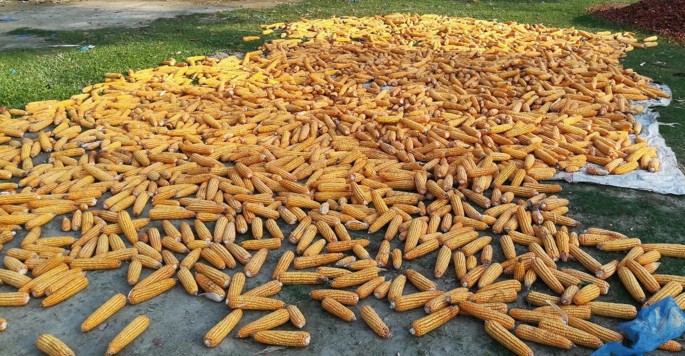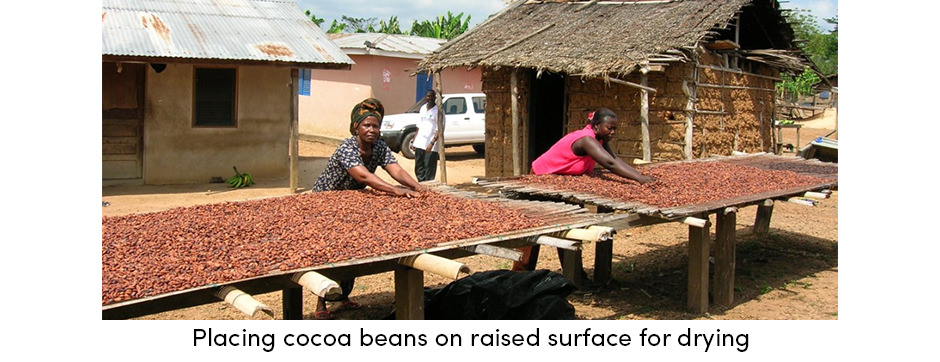Back to: Pre Vocational Studies Primary 6
Welcome to class!
Hello my resourceful student! I’m glad to have you back for another practical lesson. Today, we’re going to talk about “methods of preserving farm produce,” with a special focus on “sun drying.” This means different ways of keeping food from the farm fresh and safe to eat for longer periods, and we’ll learn all about how the sun can help us do this! It’s like putting food in the fridge or freezer at home so it doesn’t spoil quickly, but using the power of the sun! Let’s begin!
Methods of Preserving Farm Produce; sun frying
After farmers harvest their crops or collect their animal products, it’s important to preserve them so they don’t spoil. Spoiled food is not only wasted but can also make people sick.1
Here are some common methods of preserving farm produce, with a focus on sun drying:
- Drying:

This involves removing moisture from the food, which prevents the growth of bacteria, mold, and yeast that cause spoilage.

- Sun drying: This is a traditional and natural method where food is spread out in the sun to dry.3 The sun’s heat evaporates the water from the food, preserving it.
- How it works: Food is spread on clean surfaces like mats, trays, or rocks in a sunny and well-ventilated area. It’s important to protect the food from insects, birds, and dust, sometimes by covering it with netting.5 The food is turned regularly to ensure even drying.
- Examples:
- Grains: Maize, rice, and wheat can be dried in the sun.
- Fruits: Mangoes, tomatoes, and grapes can be dried to make dried fruit or raisins.
- Vegetables: Peppers, onions, and okro can be dried.
- Meat and Fish: In some cultures, meat and fish are also sun-dried, often after being salted.
- Advantages of sun drying:
- It’s a natural and inexpensive method.
- It doesn’t require any special equipment or energy.
- It can preserve food for long periods.11
- Disadvantages of sun drying:
- It depends on the weather. It needs sunny, dry weather to be effective.
- It can take a long time.
- Food can be contaminated by dust, insects, or birds if not properly protected.
- Mechanical drying: This involves using machines like ovens or dryers to dry food. While more efficient and less dependent on weather, it requires energy.
Other Preservation Methods (Briefly):
- Smoking: Exposing food to smoke from burning wood.
- Salting: Using salt to draw out moisture.
- Freezing: Storing food at very low temperatures.
- Canning: Sealing food in airtight containers and heating them.
- Fermentation: Using microorganisms to change the properties of food.
- Refrigeration: Storing food at cool temperatures.
Let’s use some examples focusing on sun drying. Farmers might dry maize in the sun to store it for later use as food for their families or to sell. People might dry mango slices in the sun to make dried mango snacks.
So, to summarize, preserving farm produce is important for preventing food spoilage. Sun drying is a traditional and effective method of preservation that uses the sun’s energy to remove moisture from food.
Evaluation
- What is the main principle behind drying as a preservation method?
- What are two advantages and two disadvantages of sun drying?
- Can you name three types of food that can be preserved by sun drying?
Excellent! You’re doing a fantastic job! I’m so proud of your learning. Remember, preserving farm produce, especially with methods like sun drying, helps to reduce food waste and ensures that we have access to nutritious food all year round. Keep up the amazing work!
